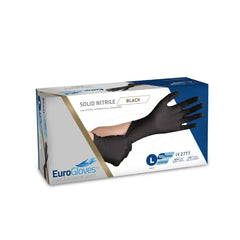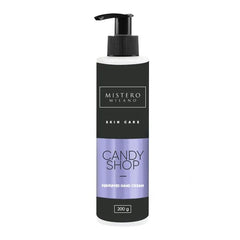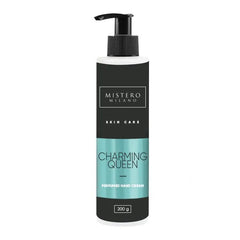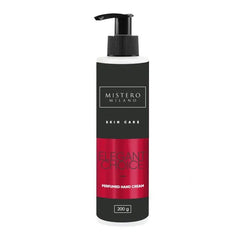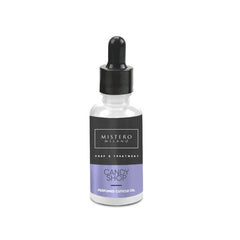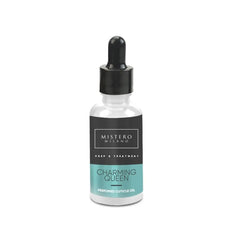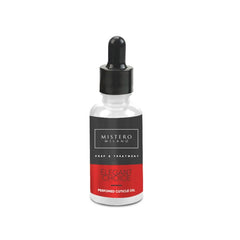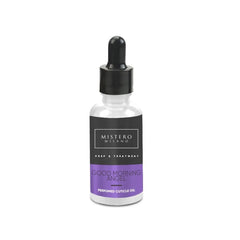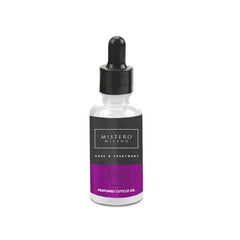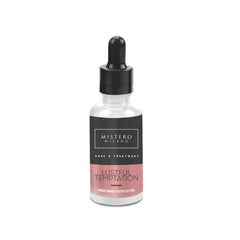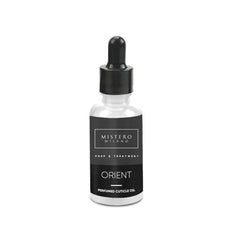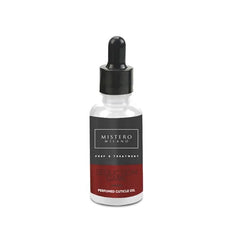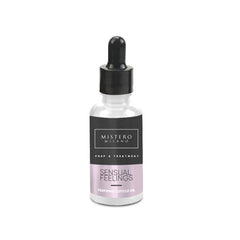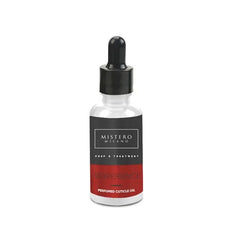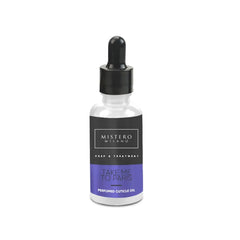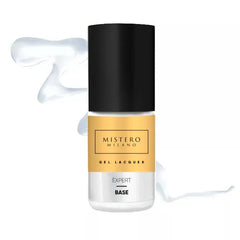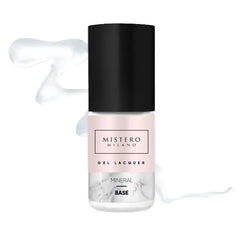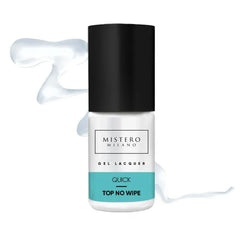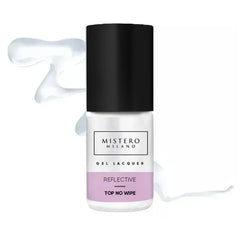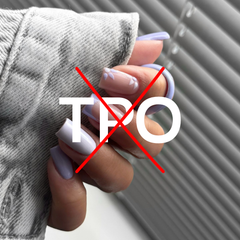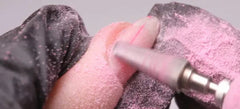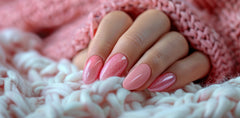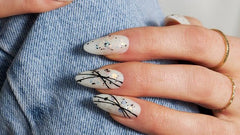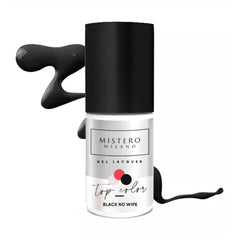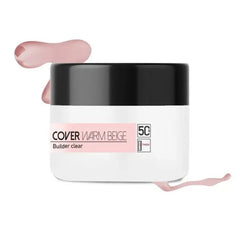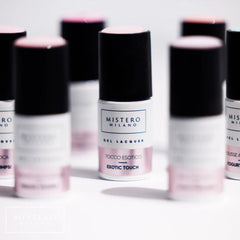Nail care
Amber D'Halluin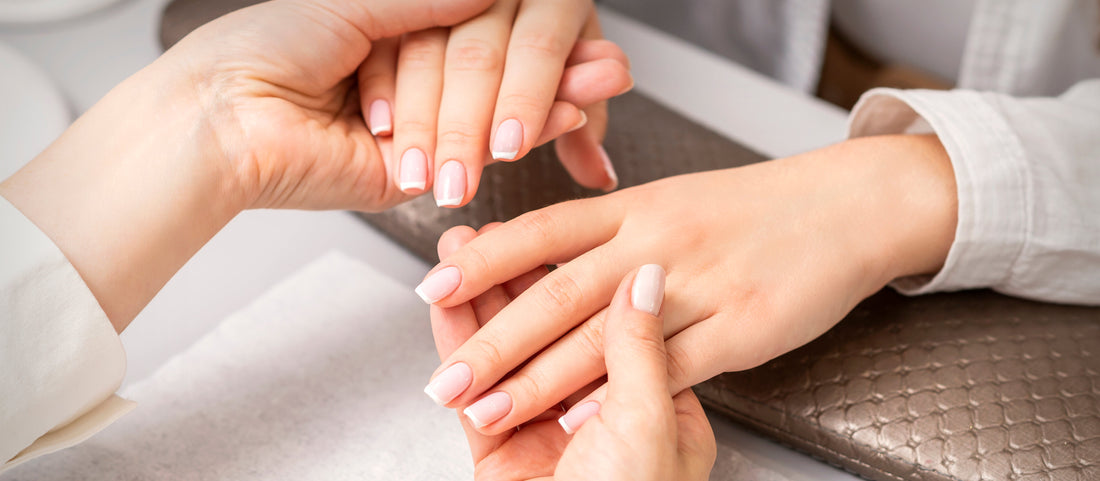
1. What is a nail?
Nails are produced by living skin cells and have a complex structure. The nails grow from the matrix and consist mainly of keratin (hardened protein). An important function of nails is to protect the nerve endings at the fingertips. The specific structure of nails is further explained in the section nail structure.
2. Nail construction
Within the nail world, the anatomy of the nail is an important topic. Before you start a manicure, it is important to know exactly how the nail is constructed. This allows you to avoid damage to or around your nails. Damage can lead to various problems such as fungal infections, irregularities in the nail plate, poor nail growth, infections, etc.
The nail consists of several parts that you need to understand in order to work safely without damaging the nails. Below are the various parts of your nails explained.
2.1 Matrix
The matrix, also known as the nail root, is located under the skin and is responsible for the production of nail cells. It contains nerves, blood vessels and lymphatic vessels, which push new cells forward towards the fingertip. It is important to be careful because when the matrix is damaged it can lead to irregularities in the nail plate that are sometimes irreparable. Therefore, be extremely careful when removing the cuticles to avoid damaging the matrix.
2.2 Lunula
The lunula is the whitish crescent-shaped portion at the base of the nail. This shade is caused by the presence of living nail cells, which pass from the matrix into the nail. As the nail grows, the nail cells die, causing the nuclei to disintegrate, causing the nail to gradually become transparent.
2.3 Proximal nail fold
The proximal nail fold is a skin fold that begins at the visible part of the nail plate and together with the eponychium protects the nail matrix. The proximal nail fold is often confused with the cuticle, but it is actually located just behind the cuticle. The biggest difference between the proximal nail fold and the cuticle is that the proximal nail fold consists of living skin cells, while the cuticle consists of dead skin cells.
2.4 Eponychium
The eponychium is a thin layer of skin that covers the nail matrix and is responsible for the development of the cuticle, which attaches to the top of the nail. With a thickness of approximately 0.1 – 0.15 mm, the eponychium forms a protective barrier between the nail matrix and harmful substances, by forming a seal with the nail plate.
2.5 Cuticle
The cuticle is a thin, translucent layer of skin that comes from the eponychium and is attached to the nail plate. Since the cuticle is dead tissue, it can be safely cut off.
2.6 Nail bed
The nail bed is the skin beneath the nail plate. It contains blood vessels that supply nutrients to the fingertips.
2.7 Nail plate
A nail is formed by living skin cells and is made up of various components. Nails grow from the matrix and consist mainly of keratin (hardened protein). An important function of nails is to protect the nerve endings at the tips of the fingers.
2.8 Lateral nail fold
The lateral nail fold is the continuation of the proximal nail fold. The lateral nail fold serves as protection for the sides of the nail plate.
2.9 Perionychium
The perionychium is the skin around the nail. This skin is susceptible to the development of hangnails. Many people tend to pull or bite off hangnails, but this can lead to painful infections.
2.10 Hyponychium
The hyponychium is the skin that forms the seal between the nail plate and the nail bed. This skin is very susceptible and sensitive. If a tear or cut occurs in the hyponychium, it can lead to lifting of the nail plate, making the nail bed susceptible to infection and fungus.
2.11 The free edge
The free edge is the part of the nail plate that is no longer connected to the nail bed. You can recognize the free edge by its white color, because there is no nail bed with blood supply underneath. This is the part of the natural nail that you can cut and file.
3. Nail problems
3.1 White spots on the nails
White streaks, spots or dots on the nails are called leukonychia and often occur without harmful consequences. These white spots can have various causes, such as damage to your nail plate or matrix, diseases, heredity, poisoning and medications.

3.1.1 What does it look like?
Leukonychia comes in different varieties, the most common of which are white dots or spots (leukonychia punctata). Sometimes they can also be stripes (leukonychia striata), and in some cases your nail can be completely white (leukonychia totalis).
3.1.2 Cause
The spots often arise spontaneously due to various factors. The possible causes are:
- Poisoning
- Hereditary cause
- Taking medication
- Medical conditions
- Damage to the nail plate and damage to the matrix
3.1.3 What can you do about it?
The treatment of leukonychia depends on the cause, which cannot always be determined with certainty. In most cases, no specific treatment is necessary, as the white spots often disappear on their own.
3.2 Nail fungus
Nail fungus, also known as onychomycosis, is a chronic infection that gradually attacks the nail plate. This fungal infection can penetrate deep into the nail, making it very difficult to combat.
3.2.1 Causes of nail fungus
Some people are more susceptible to fungus than others. The fungi enter the nail bed through cracks or small wounds. Nail fungus can also be caused by an untreated athlete's foot that spreads to your nails.
Nail fungus can be transmitted from person to person, for example: through direct contact, when shaking hands, etc.
People with diabetes, the elderly, and those with weakened immune systems are at higher risk of nail fungus.

3.2.2 Symptoms of fungal nails
Fungal nails are more common than you think. How do you recognize fungal nails? Below we have listed some symptoms so that you can quickly recognize fungal nails:
- Discoloration of the nail: white, yellow or brownish
- The nails break faster
- Nail detachment
- Your nail becomes brittle
- Thick nails
- Chance of a deformed nail plate
3.2.3 What can you do yourself against nail fungus?
It is important to treat nail fungus, because it does not go away by itself. Various ointments and sprays are available in the pharmacy against fungal nails. If there is pain, changes in the nail or an increased risk of infections, it is advisable to consult a doctor. The doctor can prescribe the right products or medication.
Healing nail fungus can take several months before the infection is completely gone.
4. Nail biting
Nail biting, also known as onychophagia , is most common in children and teenagers, with many stopping as they get older. However, some adults continue with the habit and may do it unconsciously and repeatedly, especially in times of stress, anger, boredom, anxiety…

4.1 Consequences of nail biting
Nail biting is an annoying habit that makes your nails look ugly. It can also have consequences such as:
- Nail disorders
- Fungal infections
- Damage to your teeth
4.2 How can you stop biting your nails?
Breaking the habit of biting your nails can be difficult, but there are several ways to try. Here are some tips to break or stop biting your nails:
- Keep your nails short
- Smear your nails with a bad taste
- Wear gloves
- Get a manicure
- Learning other habits (such as squeezing a stress ball)
5. Nail growth
A healthy nail grows an average of 0.1 mm per day. The speed of nail growth can vary from person to person and is influenced by various factors. We will list some factors that influence nail growth for you, along with some tips to make your nails grow faster and healthier.
5.1 Factors affecting nail growth
- Season: In summer your nails grow faster.
- Age: The younger you are, the faster your nails grow, the older you get the slower they grow.
- Hormones: During pregnancy the nails grow much faster, this is due to hormonal changes.
- Health: A healthy diet is important for good nail growth. Nutrients play an important role in promoting healthy nails.
- Hand: Your nails grow faster on your dominant hand, this is because you use your dominant hand the most.
5.2 How can I make my nails grow faster and healthier?
- Take biotin or collagen supplements, which can help promote nail growth and improve overall nail health.
- Stop biting your nails as this can hinder nail growth and damage the nails.
- Wear gloves when doing household chores to protect your nails from damage from cleaning agents and rough materials.
- Ensure a healthy diet rich in vitamins and minerals
6. How can I tell if my nails are healthy or unhealthy?
Recognizing the differences between healthy and unhealthy nails is important to choosing the right treatment for the condition of your nail plate.
6.1 Healthy nails
You can notice healthy nails by the following factors:
- The nails are pink at the bottom and white at the tip.
- The nails have a smooth surface without ridges or pits.
- At the base of the nail there is a crescent-shaped white area, also known as the lunula.
6.2 Unhealthy nails
You can notice unhealthy nails by the following factors:
- The nails may show discoloration such as yellowish, bluish or greenish.
- The appearance of small white spots on the nail plate.
- Redness and swelling of the skin around the nails.
- Splitting or crumbling nails.
- Soft nails that bend or break easily.
- …
7. How do I care for my nails?
Taking good care of your nails is important to keep them healthy and strong. Here are some tips to keep your nails in good condition:
- Cut your nails regularly.
- Avoid biting your nails to prevent damage.
- Keep your fingernails dry and clean to prevent infections.
- Gently push back your cuticles.
- Wear gloves when in contact with hazardous substances.
- Moisturize your hands and nails regularly to prevent dehydration.
- Use cuticle oil regularly.
- Use a protective base coat and top coat to strengthen your nails.
- Maintain a healthy diet to promote the overall health of your nails.




